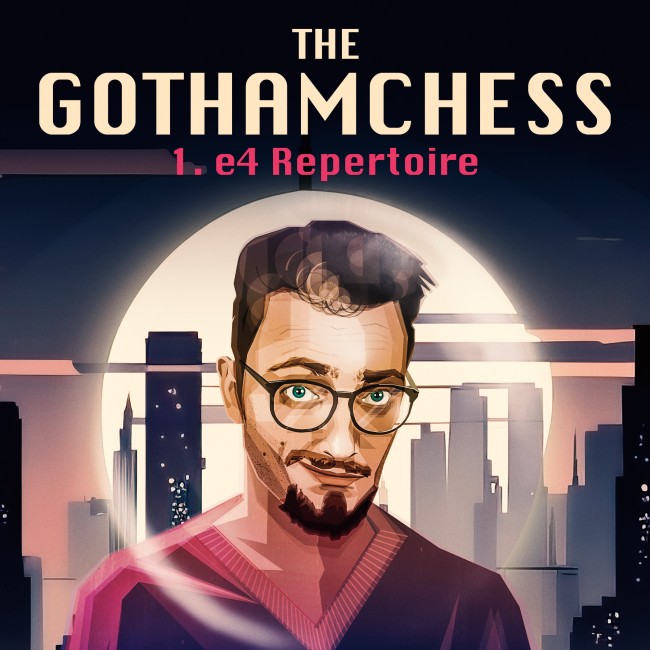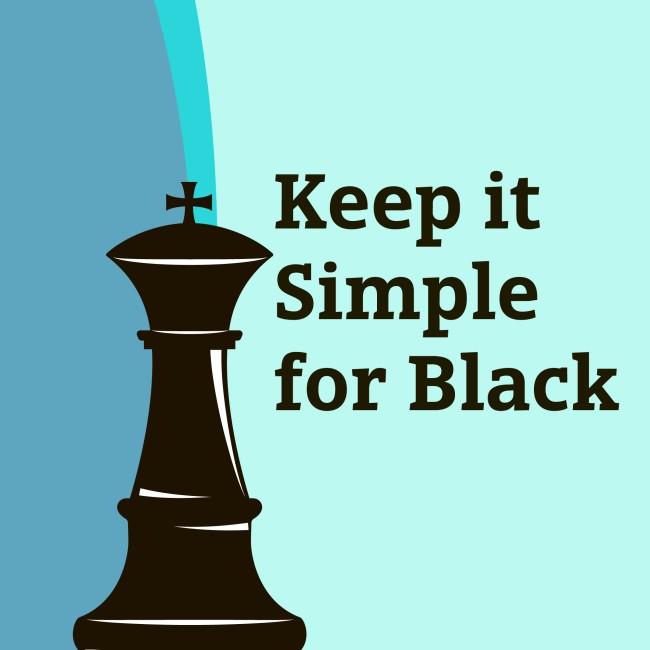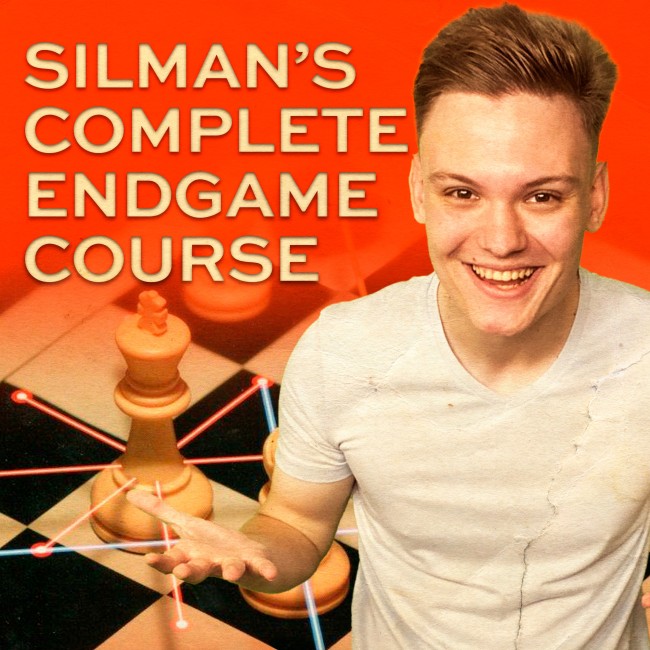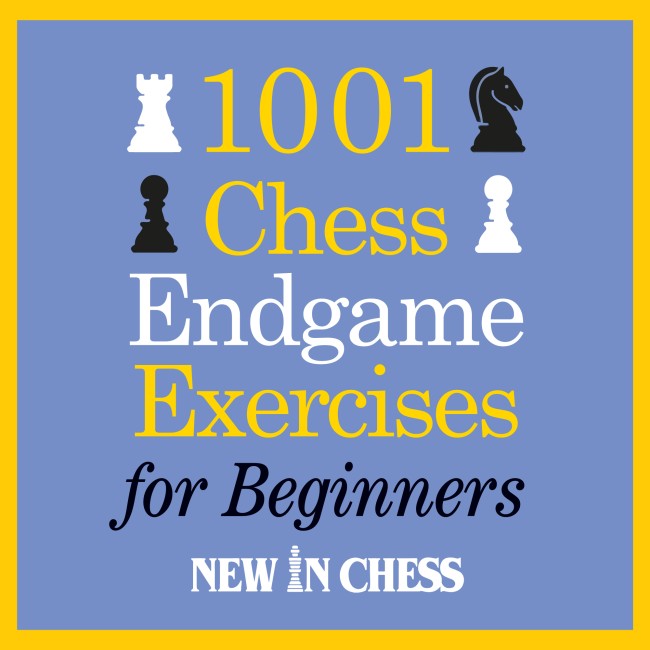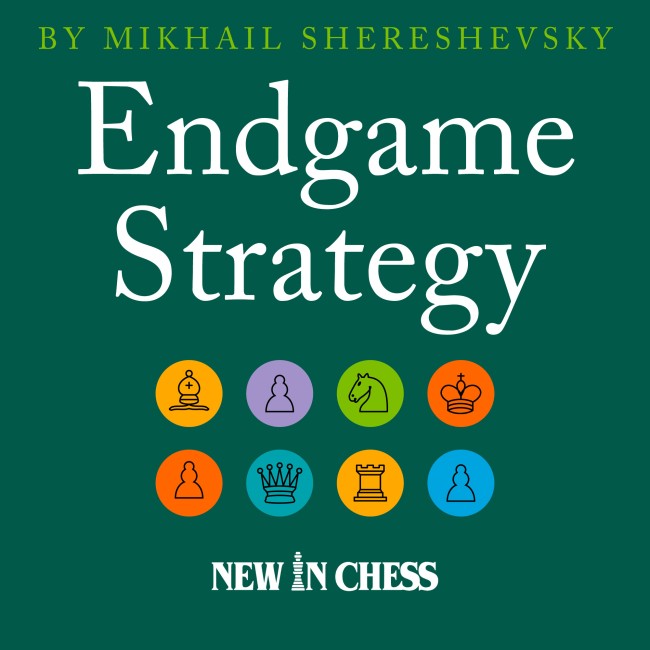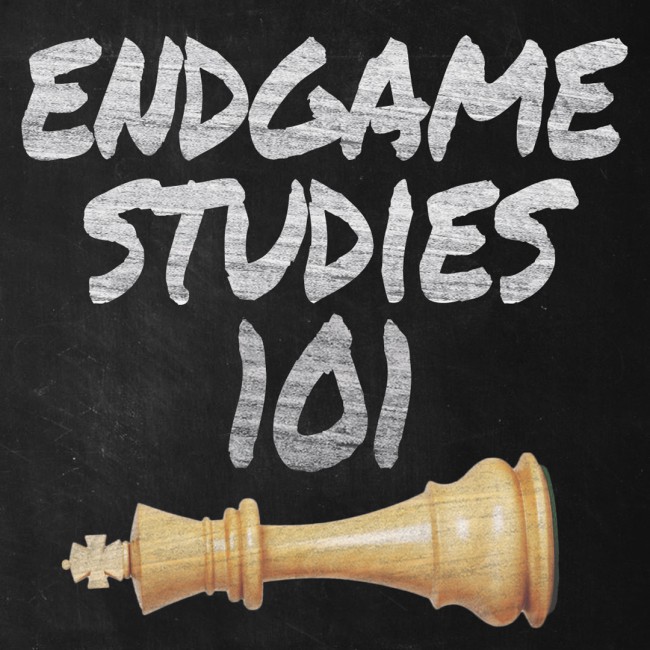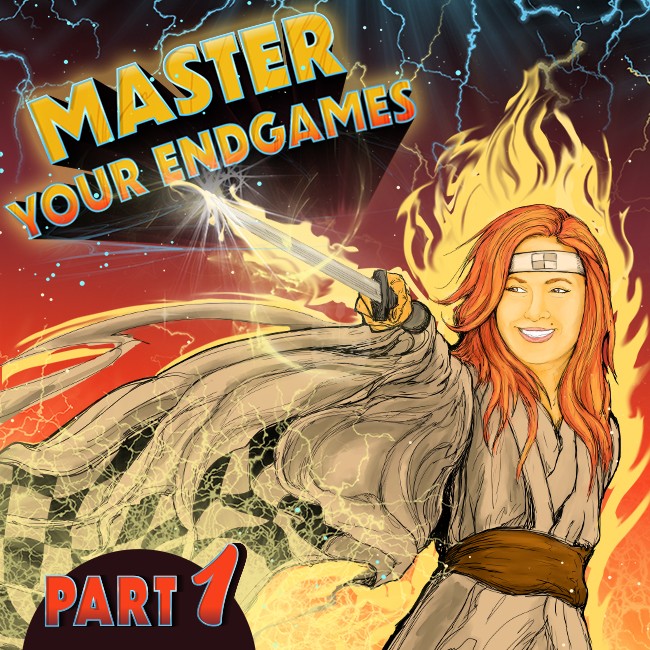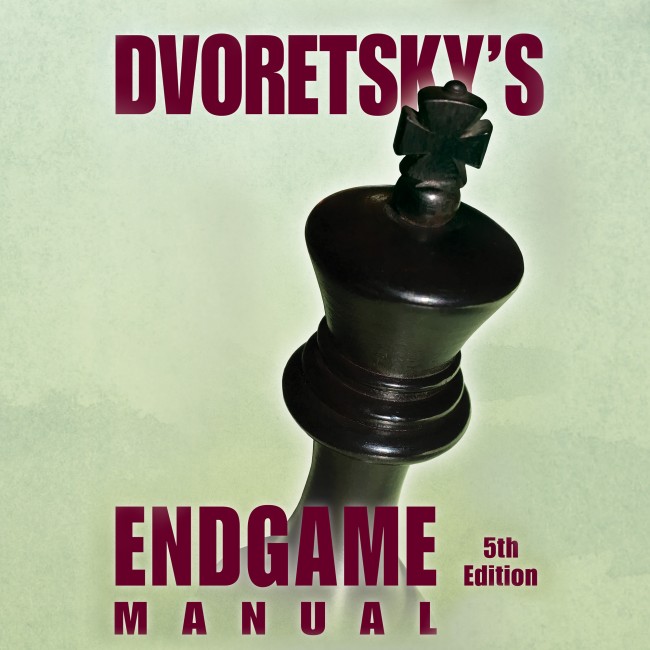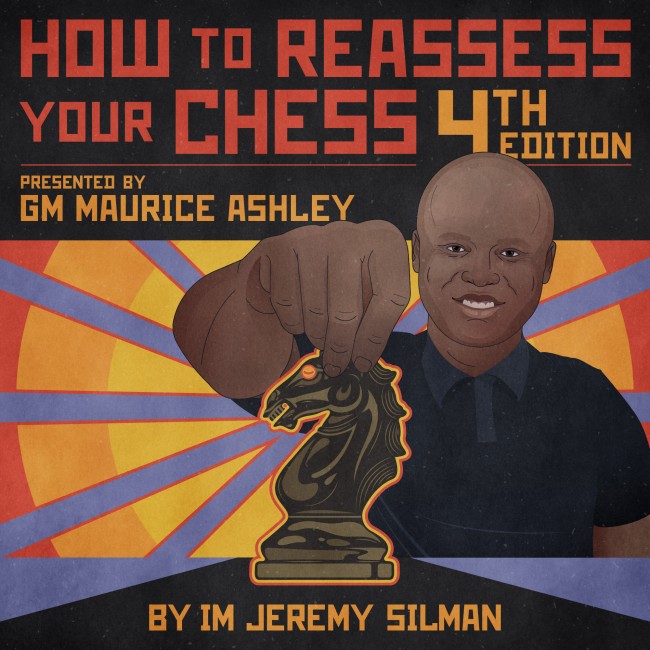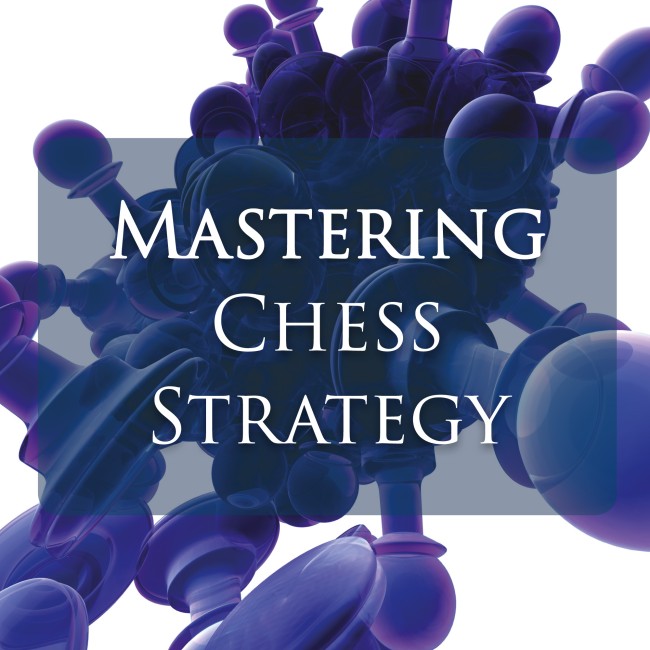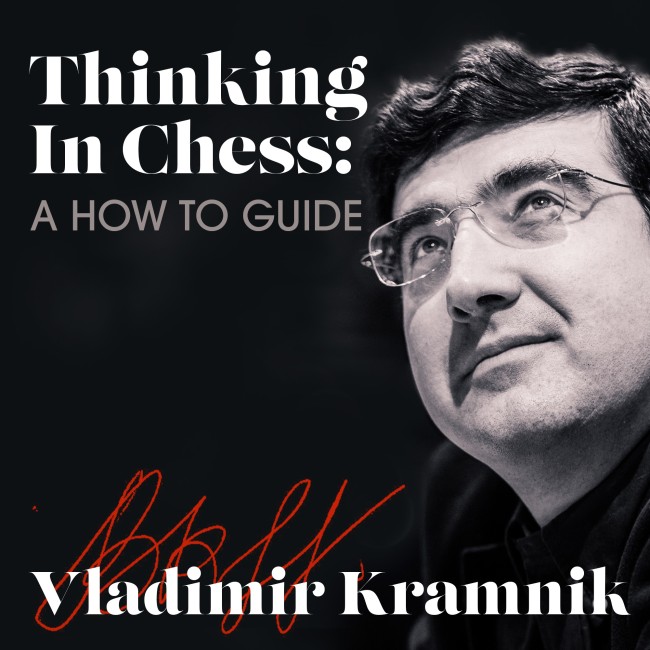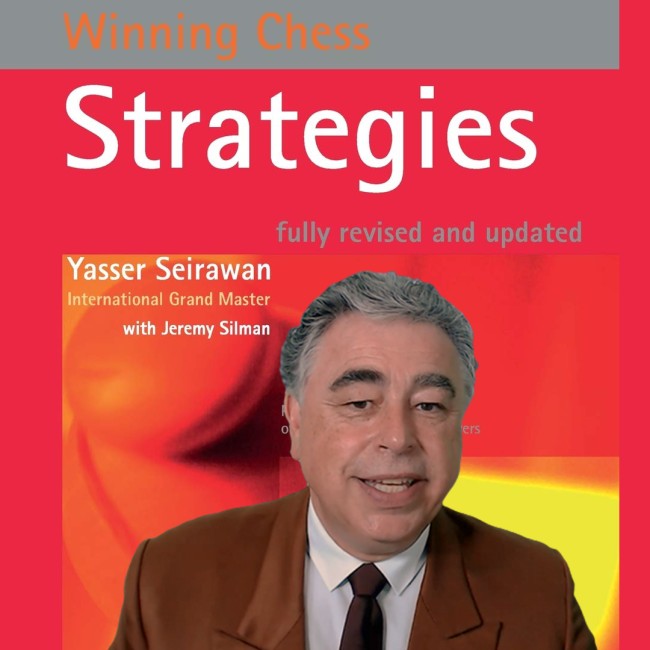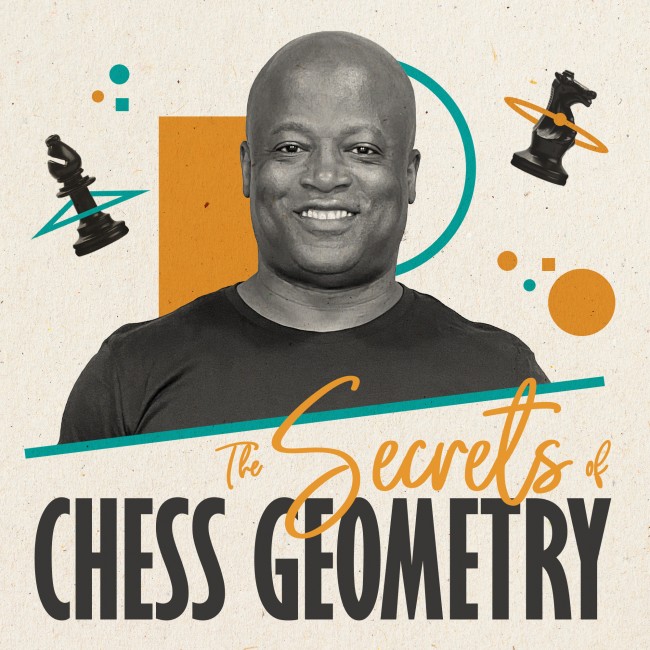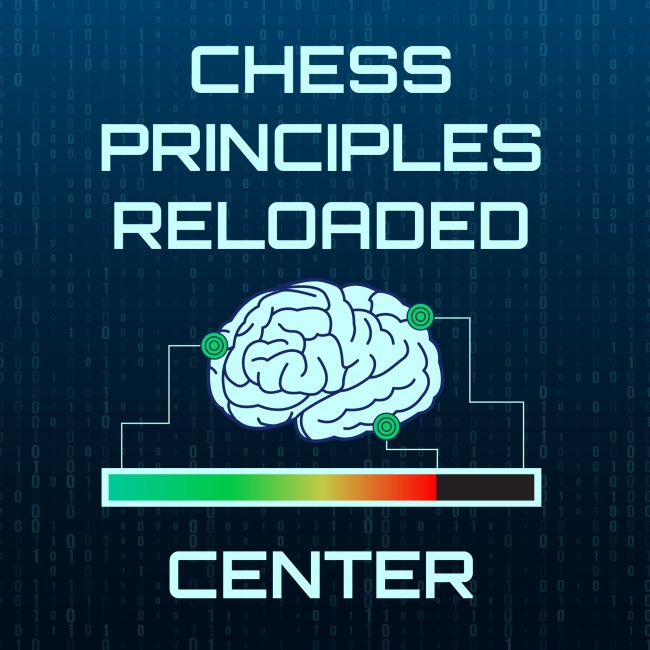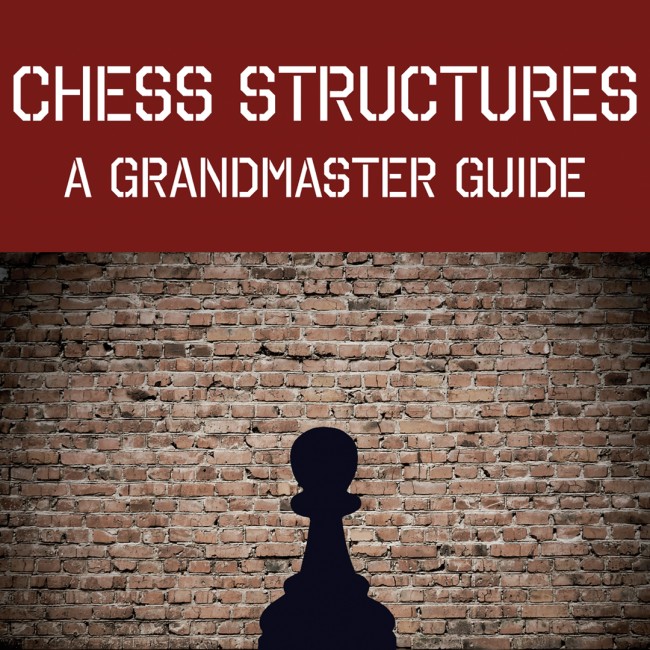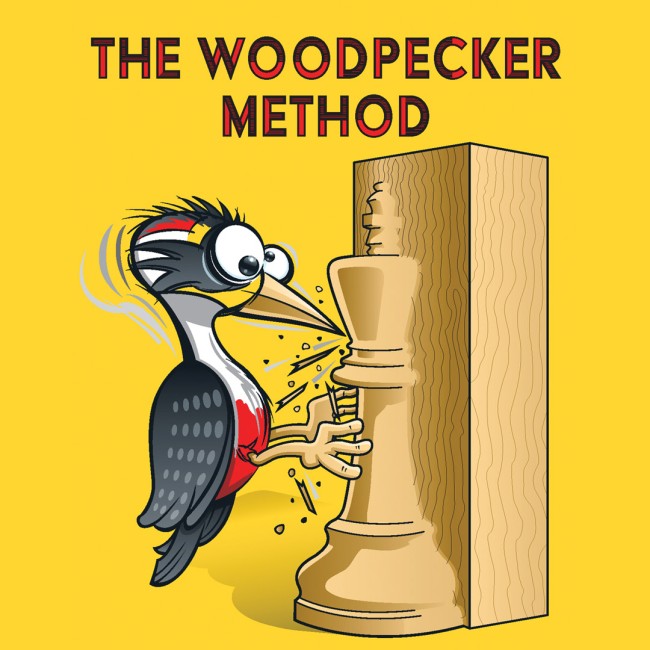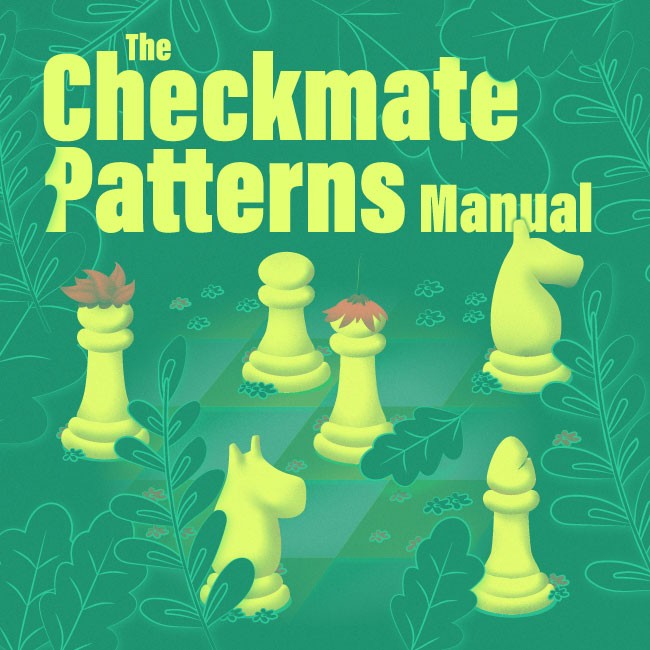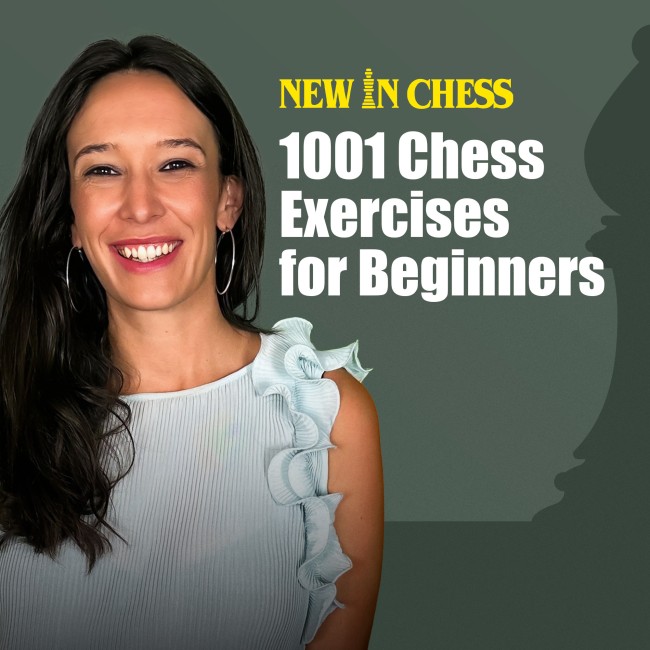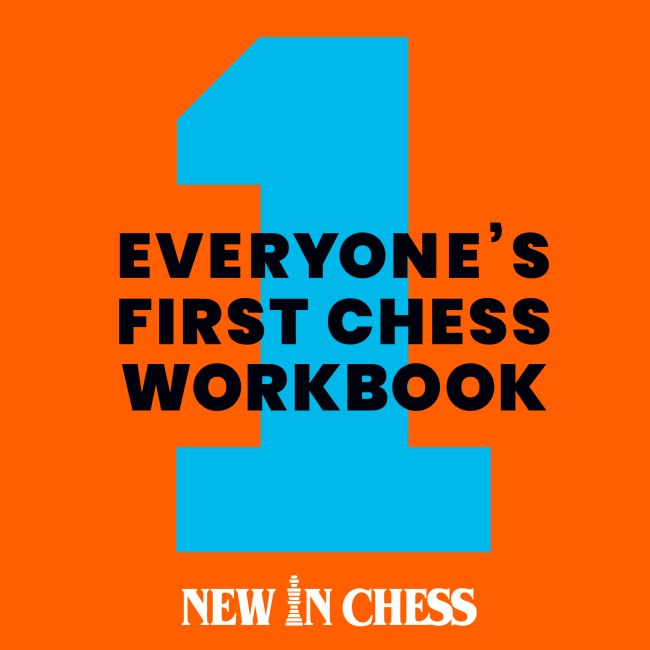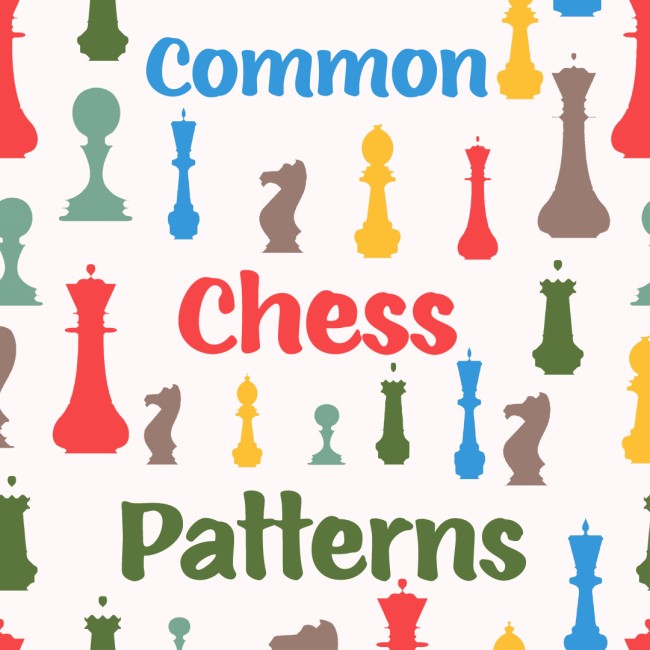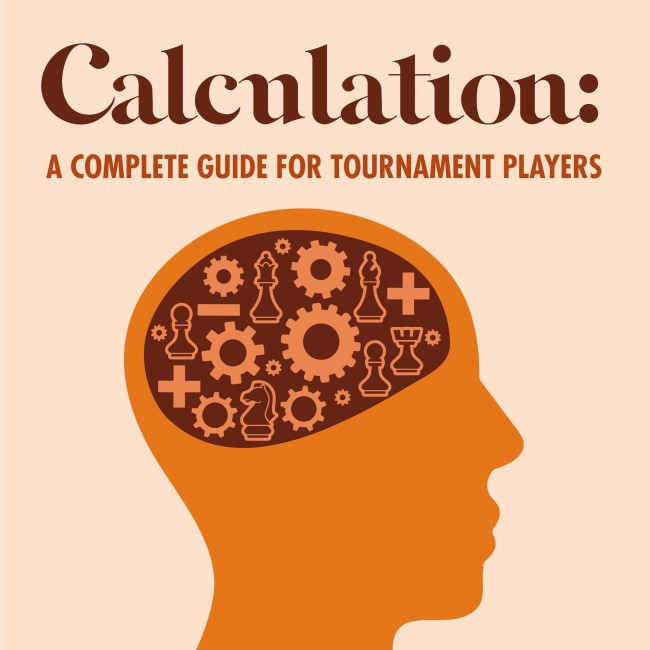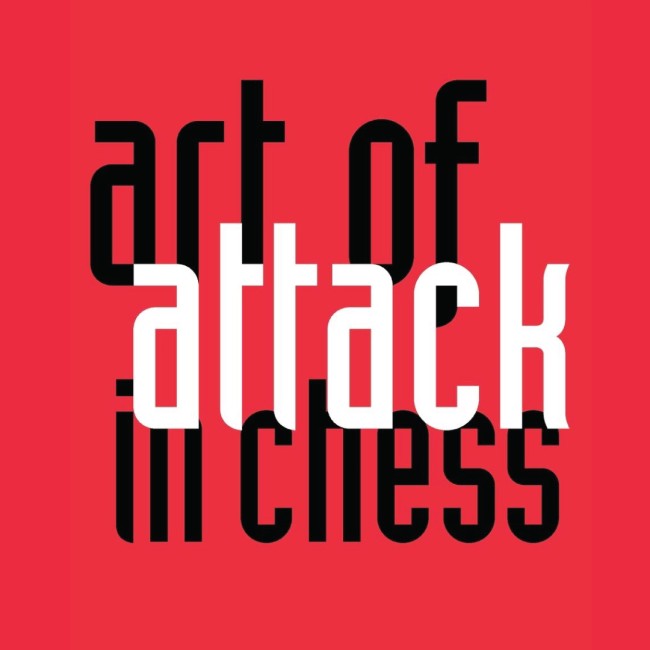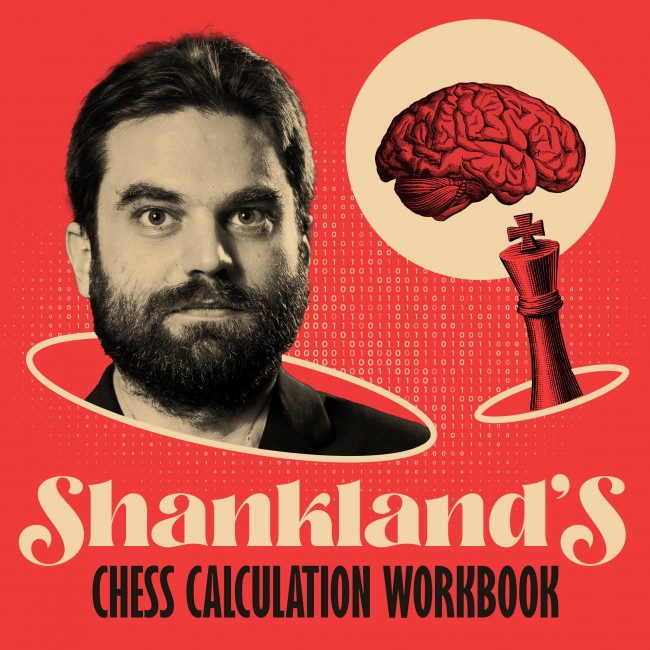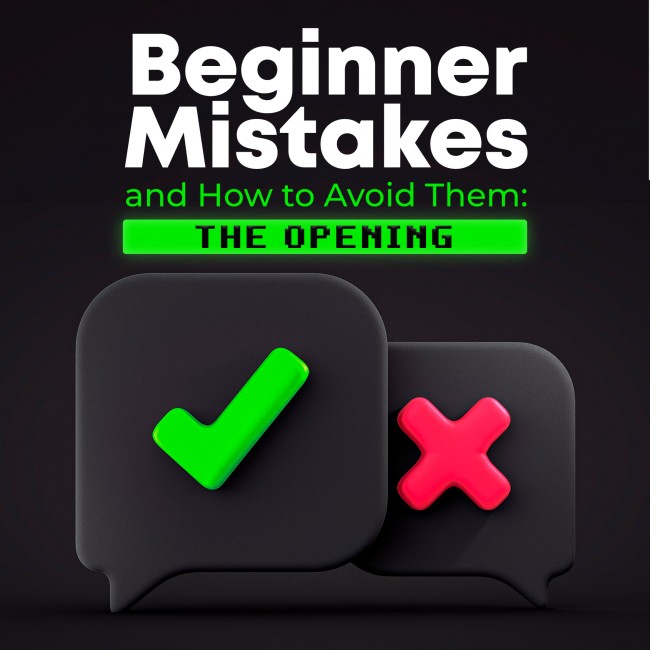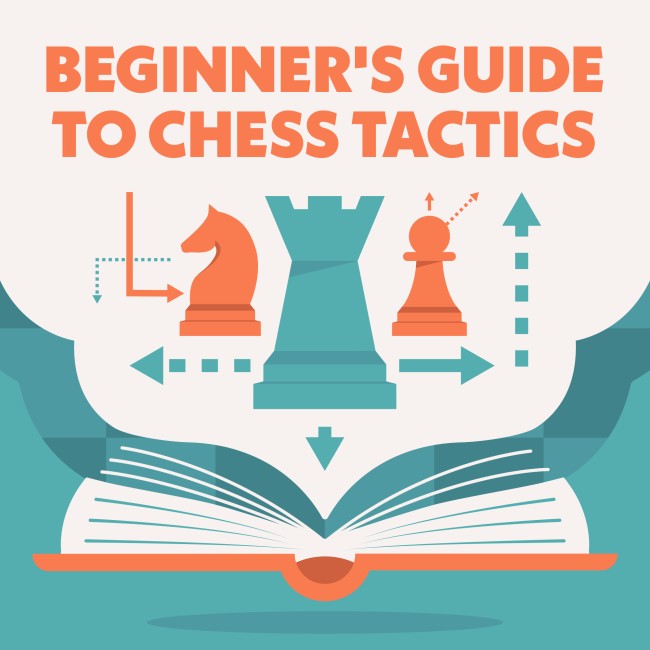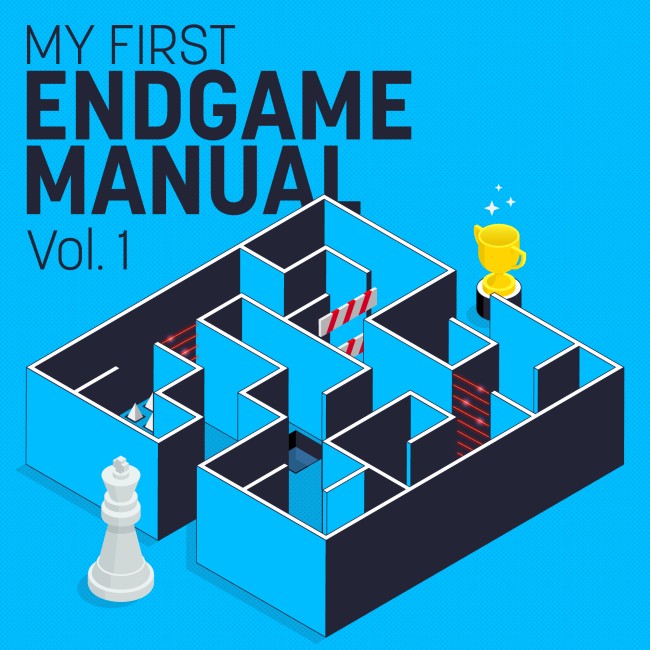Never Forget Your Openings
Chessable uses science-backed learning techniques to help boost your retention by up to 95%. Play the opening like a book, the middlegame like a magician, and the endgame like a machine.
1000+
Courses
400+
Authors
1.5 million
Students


You will be quizzed on this later!

Our Courses
Chessables instructors are the best in the world - from down-to-earth coaches to former World Chess Champions
All topics
All abilities
Over 1000 courses






How Chessable works
Select your course
Choose from hundreds of courses on nearly any topic you can think of.
Learn the Moves
The video and text explanations in our courses are the best in the world.
Review
You will repeat the moves at scientifically-set delays, to make it stick.
For Schools
Our Classroom feature is the ultimate tool for live chess instruction. This online chess-instruction video-call tool lets you:
Use a shared board to instruct & entertain
Host up to 1000 students simultaneously
Run tournaments, quizzes, and in-built classes


Learning on the move
With the Chessable app, you can learn chess efficiently anywhere anytime - even when you're offline.
Still got questions?
How does Chessable work?
Chessable uses the science of spaced repetition to help you remember chess openings, tactics, endgame patterns, and more. Our MoveTrainer® technology makes it easy: after learning the moves, you’ll automatically be quizzed on what you learn at specified times - times which studies show to be the most important for long-term retention. And the detailed explanations by world-class players and coaches really bring it home. Chessable courses are truly game-changing tools for chess improvement!
Is Chessable just for studying openings? What about tactics and endgames?
Chessable may be the best tool for studying and remembering openings - but it’s not just for openings! With hundreds of courses on all aspects of the game - from tactics and strategy to openings and endgames - you can improve your entire game on Chessable.
Why is Chessable the best way to study openings?
Chess openings today are composed of lots of theory - best moves that secure an advantage or equal status against your opponent. They depend on knowing sequences of moves in many variations - and so memorizing them with the help of Chessable’s MoveTrainer® technology gives you a significant step up over the competition!
Is Chessable free?
Yes! It is totally free to sign up for Chessable, and in addition to the paid courses in our library, there are hundreds of free courses on openings, tactics, strategy, and endgames.
Best place to learn
1000+
Courses
400+
Authors
1.5 million
Students

